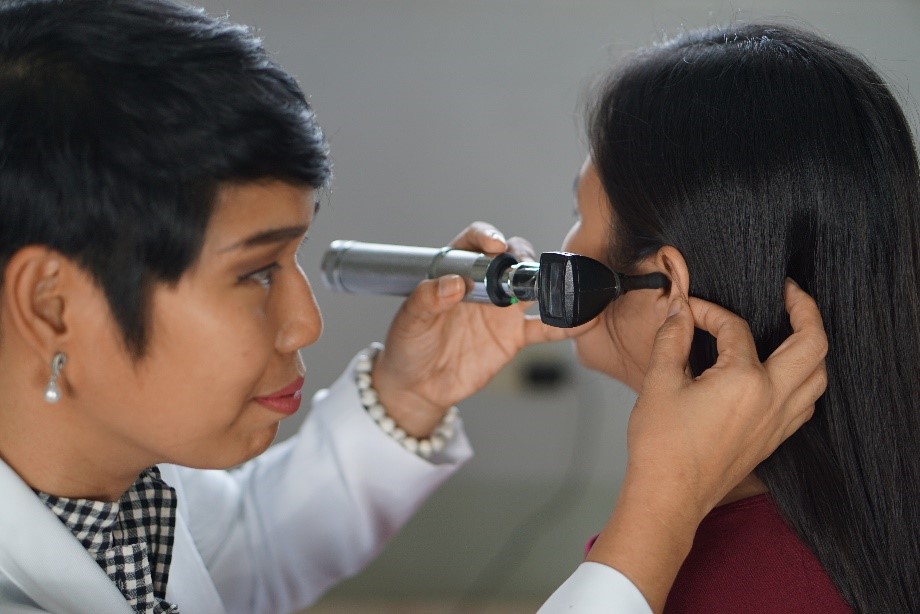I am going in to have my ear checked or cleaned, what can I expect?

Majority of the patients who come in the ENT Clinic to have their ears checked do so for earwax blockage. What usually happens when you go to an ear doctor for an ear cleaning procedure?
Most of the time, this blockage happens from the accumulation of earwax mostly from the use of q-tips or cotton tips. It could also be from an assortment of ear cleaning tools that are available online like ear picks, with some patients even going high tech with mini scopes. Sometimes what they use are things available at home, like hair pins, matchsticks (yup!) or even worse rooster tail feathers! It can also happen from frequent use of in-ear headphones. Sometimes, we also get patients who have small ear canals which have a greater tendency to accumulate wax. Some patients also come in the ENT clinic with ear blocks from an ongoing ear infection.
What will your Ear Doctor usually ask before ear cleaning?
We usually start by asking about the history of the ear symptoms, the duration, if there is any pain and what level or intensity, any history of swimming, flight or ear manipulation.
Your ENT doctor will ask for any noted decrease in hearing as well.
We then examine you on an ENT chair and use an otoscope (an instrument) to check the inside of your ears and then advise you for ear cleaning if it is warranted.
So, what typically happens when your ENT Doctor will do ear procedures?
Before the procedure, I assess first the level of difficulty of removal. Sometimes, your ENT doctor will soak the ear canal in a solution first before the procedure itself.
If we see accumulated earwax, or any infections blocking the canal, I personally prefer one or a combination of the 3 ways: suctioning, irrigation or flushing, and manual ear picking. All ways are gentle. We also tell our patients to inform us if they feel any of the following during the procedure: pain, ticklish-ness, dizziness, or any discomfort.
Ear cleaning using a suction. When we do suctioning, we use a machine which essentially sucks out the dirt and debris from your ear. You may expect a little noise or hum and negative pressure during the procedure. You may also feel a gentle tug when we are able to pull out a large chunk with our super small suction tip.
Irrigation or flushing. During ear irrigation, your ENT doctor will usually use warm water to flush the wax out. I usually tell my patients you will hear something similar to waterfalls. Try to relax: some patients even tell me they feel sleepy when this is done because it is relaxing for some patients.
Manual ear picking. When there are chunks that are resistant to suctioning or irrigation, your ENT doctor may use really small ear forceps or ear pick to clean out your ear. An important thing we request you is that you should not move or talk when we do this because even a millimeter of movement matters when work is being done in a small ear canal
Ear wick placement. When a patient has an infection and ends up with a really swollen ear canal, another procedure I do is place a medicated piece of gauze inside. What this does enables is the soaking up of the ear drops by the ear canal skin, something that is not possible if the ear canal is swollen and closed because of ear canal infection. I advise my patients that this is typically left for 3 days, and it can be easily removed after 3 days with tweezers.
The bottom line is, you don’t need to clean your ears. I sometimes joke with my patients, you will not need an ENT if you just throw away your q-tips at home…but I see them again after 6months because “Doctor, I can’t help it, it’s addicting.”
To learn more about how to take care of your ears, please watch this video.
Say goodbye to ear, nose, and throat discomfort with our expert ENT care.
Book now to schedule your appointment with our experienced ENT doctor and start feeling better today.
Your health is our priority.

